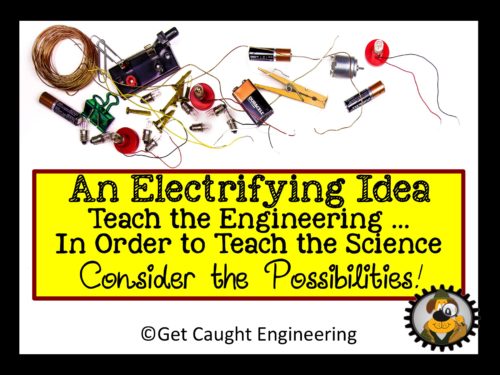
An Electrifying Idea! Teach the Engineering…In Order to Teach the Science.
Consider the Possibilities!
Teach engineering? Sure. No problem. I’ve got ten minutes before lunch while the kids are washing their hands…or I can fit it in while they packing up at the end of the day. Or I can throw in a week of engineering at the end of the quarter.
Engineering has been mandated in many school districts across the country and teachers have been looking for the best way to meet that requirement while still focusing on their already packed curriculum. Some schools have been able to fund a designated STEM teacher to address the mandate. But more frequently, the classroom teacher has to find a way to include engineering lessons. The result is that often engineering is relegated to the fun culminating activity at the end of a unit – as long as it doesn’t take longer than a day or so. Although the kids do use some of their recently attained science knowledge, they have little time to extend their experience or to provide improvements to their design. So how can teachers provide a true STEM experience?
- What if science and engineering trade places?
- What if the students are first presented with an engineering challenge to solve?
- What if they need to learn the math or science in order to successfully create a solution to an engineering project?
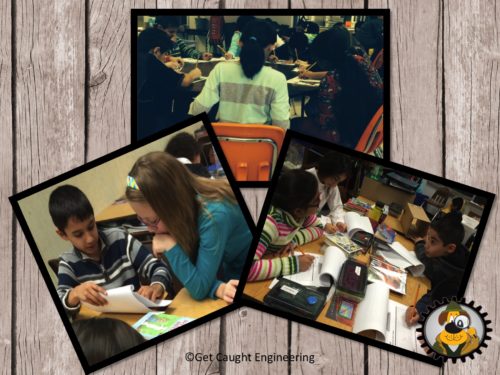
The motivation to understand a science concept can be greatly increased when one is confronted with a” need to know” and an immediate application.
Let’s walk through an example of how this could work. Typically students in the middle elementary grades are introduced to the basic concepts of electricity such as drawing and building simple circuits and utilizing switches.
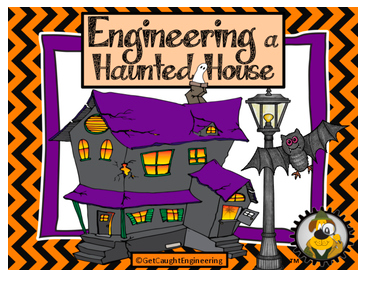
Engineering a Haunted House
https://www.teacherspayteachers.com/Product/STEM-and-a-Haunted-House-Engineering-is-a-Scream-1389254
One of our popular autumn activities is to create a haunted house and wire it so that when the door shuts, the lights go on. Teachers tell us that this is a great culminating activity to their electricity unit. And we agree that can be a fantastic idea. However, what if the students are given the activity at the beginning of the unit and use the creation of their house and subsequent improvements to more fully explore and learn the electricity curriculum?
- Let’s begin this project the way you would do any engineering project – by discussing materials, ideas and constraints.
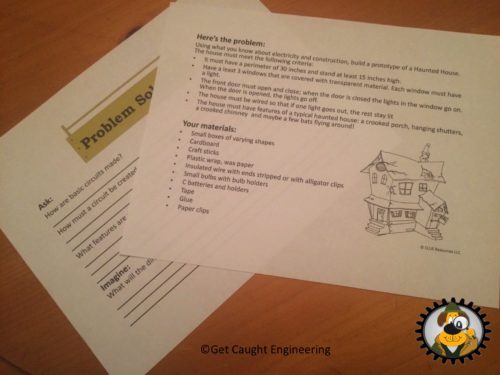
- Now the fun part begins as students design and then build their haunted house.
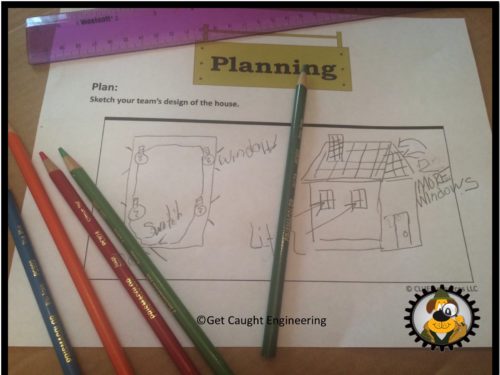
- Illumination time… and science nitty gritty. Here is where the students explore circuits and immediately apply what they learn by wiring the haunted house so that each window is lit.
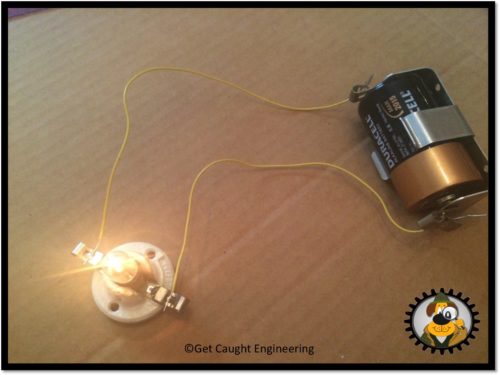
- Conductors, circuits, and switches …oh my! As each new concept of electricity is addressed, students are given time to apply it to their haunted house, At the end of the unit, not only will science objectives be met, but the house will meet all the engineering challenges.
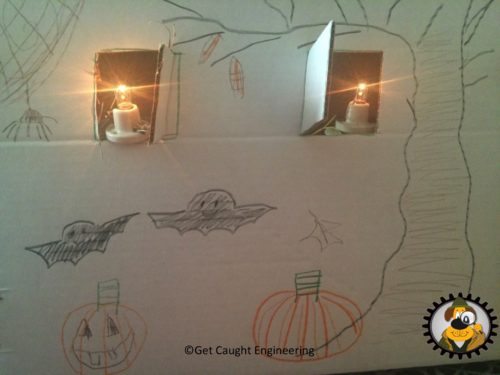
Allowing the students to be designing and improving upon their haunted house, while learning about the electricity concepts, has several benefits:
- Understanding the electricity concepts is crucial to being successful in their engineering design. Students are therefore more involved in their learning and ask more clarifying questions.
- Students help each other learn the concepts since all members need this knowledge to be successful.
- Adding continual improvements as the students’ knowledge grows allows for more practice as they continually review material already learned and immediately apply new knowledge.
- The need to apply their new knowledge to their design allows students to continually improve upon an already successful design. The improvement stage is usually the part of the Engineering Design Process that is most overlooked due to time constraints.
Although we have been using our haunted house activity and electricity as an example, this idea of teaching the science simultaneously with the engineering can be applied to many other science units from simple machines and animal adaptations to force and motion or sound and light. Simple machines? Engineer a catapult for a candy pumpkin or pulley system to help a fairy tale character. Animal Adaptations? Engineer a new animal creature for a habitat or a bird beak for a particular food item. Sound? Engineer a sound proof box for a ringing cell phone. Force and Motion? Engineer a self propelled vehicle or a roller coaster system for a marble. By analyzing the objectives for the science unit, an engineering challenge can provide the catalyst and motivation to explore and understand scientific concepts.
Ready to give it a try? We have a freebie with some basic information about the engineering design process to help you get organized. Our “STEM Essentials: The Nitty-Gritty of Teaching STEM” packet has a simple explanation of the Engineering Design Process, the NGSS standards, and the design process poster. We have also included a suggested materials list to use for donation requests, a rubric, group role cards and a helpful list of inquiry questions.
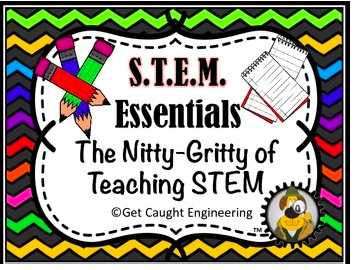
STEM Essentials :The Nitty-Gritty of Teaching STEM
https://www.teacherspayteachers.com/Product/STEM-Essentials-The-Nitty-Gritty-of-Teaching-STEM-1344370
No matter if you choose to try using engineering to teach science, integrate it into history and literature units, or add an engineering lesson during a holiday celebration, we hope you and your class “Get Caught Engineering”.
Wendy and Cheryl
GetCaughtEngineering.Com

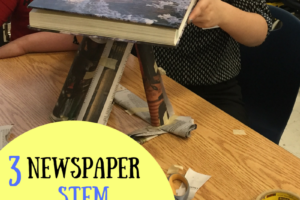
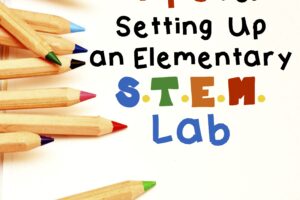

4 Comments
Leave your reply.